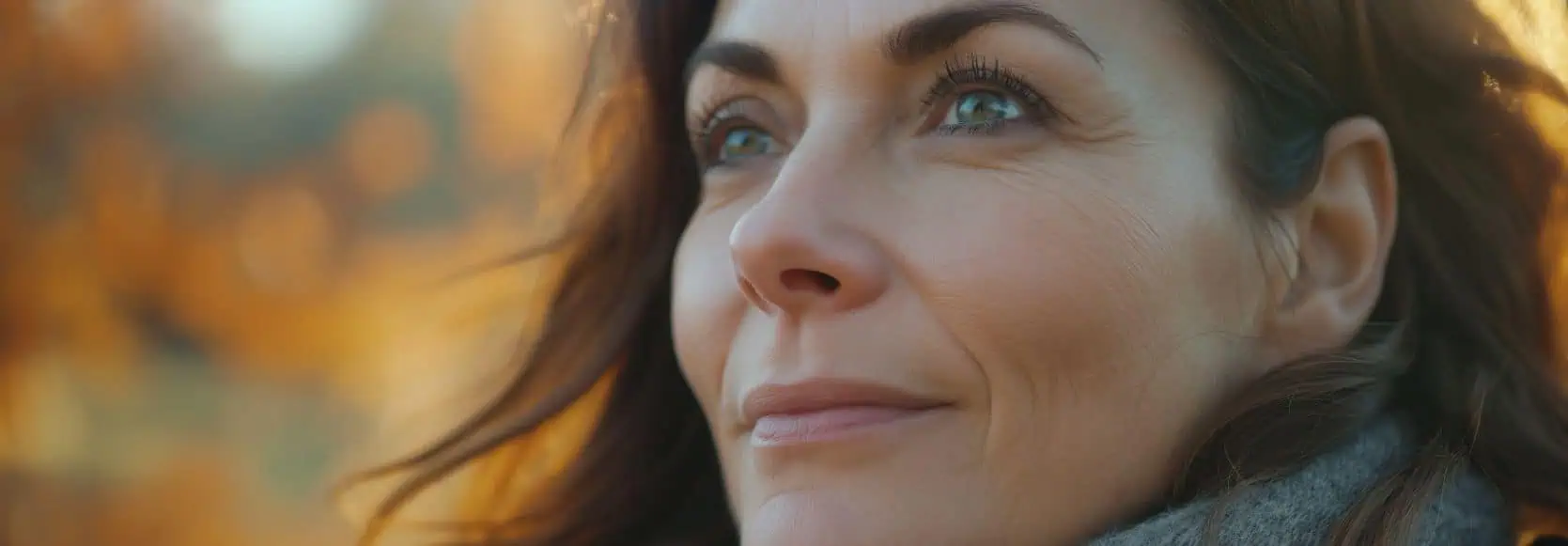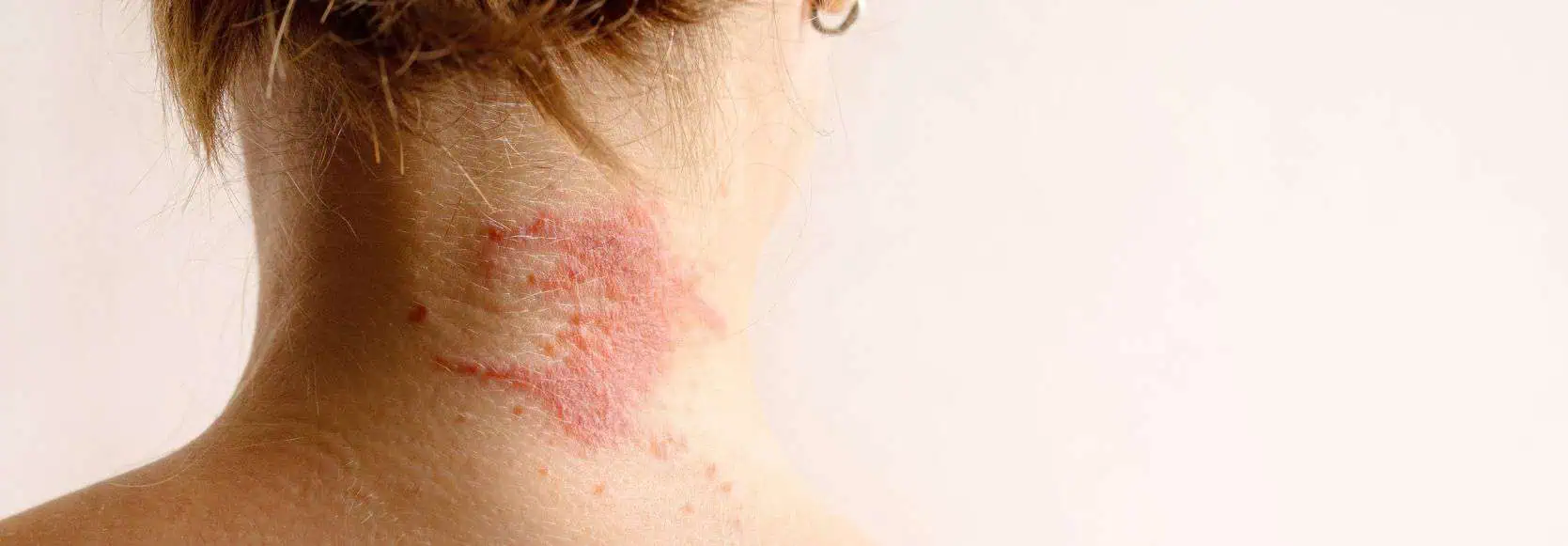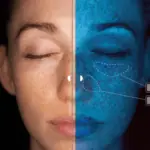WHAT DO I DO IF I BURN MY SKIN?
Ideally, with the right high SPF sun cream and caution, sunburn can be avoided completely. However, in cases where sunburn happens, it is important to begin treating as soon as possible and get out of the sun. In mild cases seek shade and cool down, with a damp cloth or a cool bath or shower.
Drink plenty of water as sunburn draws fluid to the skin surface and away from the rest of the body so drinking extra prevents dehydration.
Soothing lotions can also work well to calm the skin. As soon as you get out of the bath or shower, gently pat yourself dry, leaving a little water on your skin. Then apply a moisturiser to trap the water on your skin.
If you feel unwell with symptoms of dizziness, fever, chills or blistering then seek medical attention.
If skin blisters allow it to heal untouched. Blisters form to help your skin heal and protect you from infection. With any sunburn, you should avoid the sun while your skin heals. Be sure to cover the sunburn every time you head outdoors.
CAN SUN DAMAGE BE REVERSED?
There is no proven way to reverse the signs of sun damage in the skin, so prevention is highly recommended as the best way to avoid sun damage. Sun damage causes changes in the DNA of skin cells, and also reduces the efficiency of our immune cells to detect and fight sun damage.
When we get sunburnt, UVA and B can cause changes in DNA causing specific DNA mutations and thus increasing the risk of cancer in skin cells and melanocytes (the pigment-producing cells which make moles).
Prolonged sun exposure also leads to premature ageing because it breaks down collagen. Collagen is the underlying elastic support tissue that gives skin its strength, smoothness and elasticity. Sun damage over time, causes these collagen strands to shrink, become thinner and break down. This can make the skin appear wrinkled, have less elasticity, and feel dry and itchy. UV damage can also cause the skin to develop uneven pigmentation and hyperpigmentation, commonly referred to as age spots or sun spots.
IS IT POSSIBLE TO TAN SAFLEY?
Tanning is not something dermatologists would ever recommend. It is the body’s way of trying to protect itself from harmful ultraviolet rays. The skin has a natural level of melanin and this is known as skin type.
The Fitzpatrick scale classifies skin colour and its ability to tan into six skin types ranging from type 1 skin (fair skinned, blonde/redhead) to type 6 skin (black African/Caribbean skin). Those at the lower end with pale skin will only ever burn or tan minimally, however, those people with darker skin at the mid or higher end of the scale have a natural ability to produce melanin and tan easily. So, if you have pale skin, you cannot tan beyond a certain point, however long you stay in the sun.
If you do choose to seek a tan, you can still do so whilst using a high factor SPF applied regularly. It will take longer but most crucially your skin will be protected more from both UVA and UVB rays than if you use no sun cream.
When sunbathing, it is important to remember that the skin has a tanning cut-off point when it cannot produce any more melanin. When you reach this limit, you can tan no more and instead are just being damaged by the sun’s ultraviolet rays.
You cannot change your skin type and trying to tan type 1 and 2 skin will increase your risk of skin cancer, not protect you. So, don’t spend your holiday trying to change your skin type with sunbathing – it won’t happen if you’re naturally pale as there just isn’t that much melanin in the skin.
HOW TO KEEP SKIN SAFE AND PREVENT SKIN CANCER
- SPF is the most important product in your skincare regime, and it is important to apply it every day on areas exposed to the sun from March to September.
- Sunscreen is the last step, before applying make-up as it doesn’t penetrate the skin. Instead, it sits on top of the skin forming either a physical or chemical protective layer that soaks up ultraviolet rays and greatly reduces the cellular DNA from being damaged.
- Wear a high SPF sun cream to protect from the photo ageing effects of ultraviolet B (UVB) but also use a sun cream with five stars of “UVA” protection to give the highest levels of defence. While UVA rays have less energy and don’t burn the skin, they do cause the skin to age and contribute to the development of melanoma along with the burning rays, UVB.
- Apply over half a teaspoon to the face, neck and backs of ears and over half a teaspoon to each arm. A full teaspoon to the back, the chest and each leg. Applying less will reduce the protection to a higher degree than is proportionate – for example, only applying half the required amount can actually reduce the protection by as much as two thirds.
- People with rosacea or sensitive skin may benefit from mineral sunscreens containing titanium and zinc which sit on the skin, rather than chemical ones which absorb into the skin.
- Reapply every two hours, and immediately after swimming, perspiring and towel drying or if it has rubbed off. Up to 85 percent of a product can be removed by towel drying, so you should reapply after swimming, sweating, or any other vigorous or abrasive activity.
- Beware of reflections too. If the sun’s rays are reflected, the radiation can increase greatly: snow up to 85 per cent increase, sand up to 17 per cent increase, water up to 5 per cent increase.
- Avoid being in direct sunlight when it is at its strongest between 11am and 3pm. Cover the skin with lightweight clothing when exposed to the sun and wear protective items such as a hat and sunglasses when out in the sun. You will not ever spot a dermatologist without a hat!
- Regularly check your skin and moles for any changes and have your skin checked by a doctor or dermatologist if you are worried.
If you would like to book a consultation with one of our consultant dermatologists, please email us on info@hs-dc.co.uk, call us on 020 3322 7852, or fill in an enquiry form on our website and someone will get back to you.



